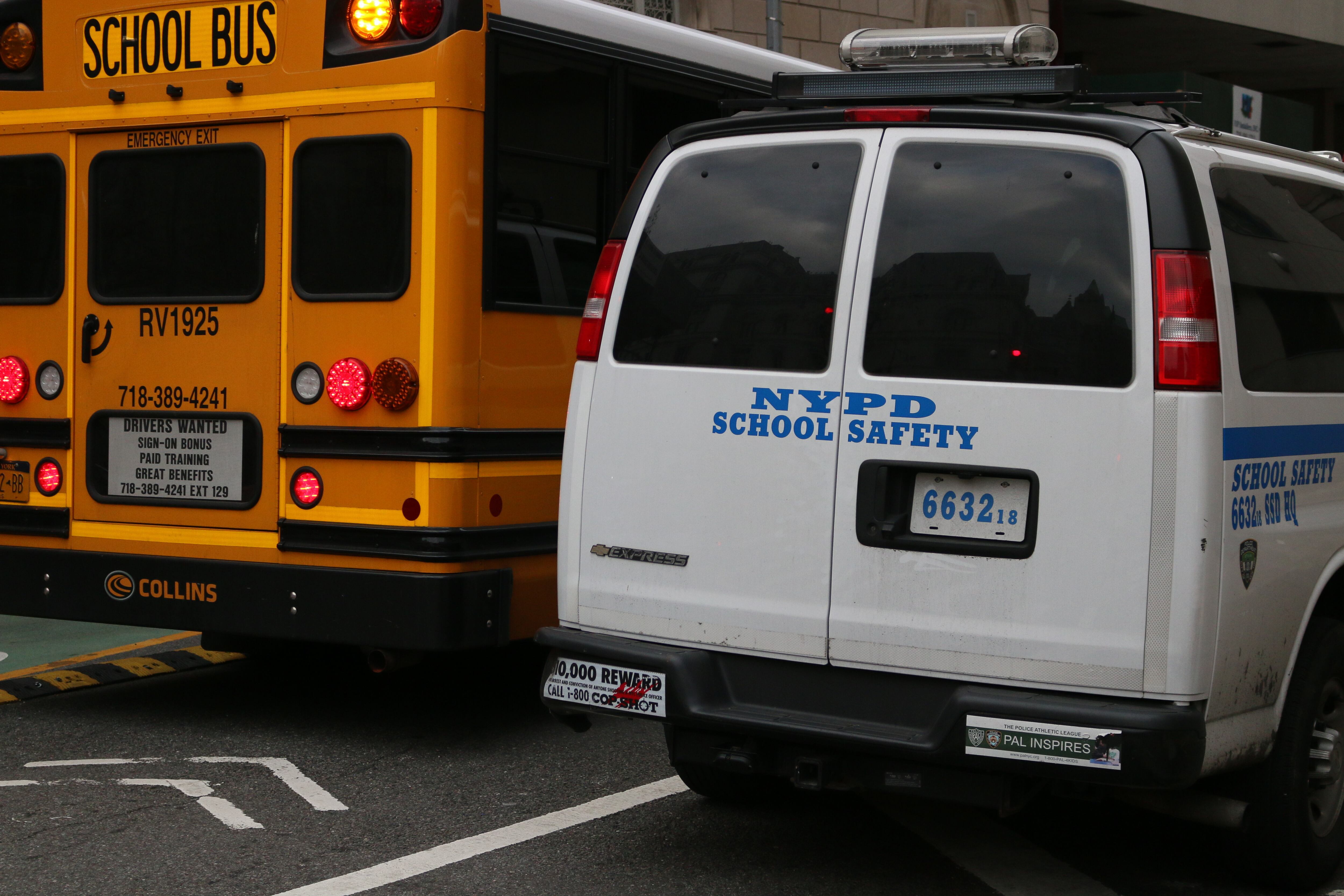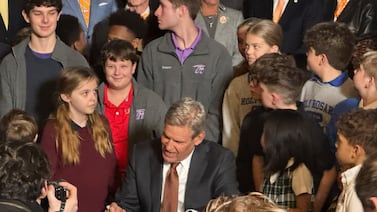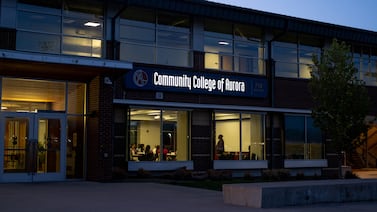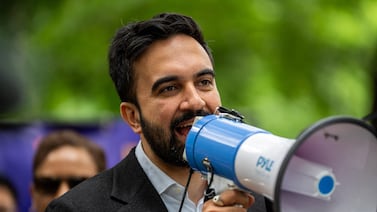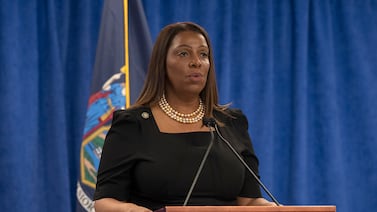Sign up for Chalkbeat New York’s free daily newsletter to get essential news about NYC’s public schools delivered to your inbox.
Grappling with a shortage of school safety agents, the New York Police Department unveiled a new strategy in 2023 for replenishing their ranks: hiring “assistant” agents as young as 18.
More than a year later, the NYPD has yet to hire a single assistant school safety agent, officials acknowledged during a Tuesday City Council hearing.
“We don’t yet have the use of that title,” said Kristine Ryan, the NYPD’s Deputy Commissioner of Management and Budget.
Police Department officials previously indicated they planned to hire at least 650 assistant agents at an annual salary of about $33,000 — $4,000 less than the starting pay for full agents. The assistants would help greet visitors, monitor doorbells, and answer phones. The recent high school graduates would initially be placed in elementary schools and could represent a pipeline into the regular corps of safety agents after turning 21 and passing an exam, officials suggested.
But on Tuesday, the NYPD indicated it had not yet ironed out how many they plan to hire or even what they would be paid.
“Discussions are still ongoing,” Ryan said, “around the salary and other labor matters.”
A spokesperson for Mayor Eric Adams said the delay was caused in part by the need for state officials to approve the new title, adding that it has been cleared in January and hiring should begin soon. The union representing school safety agents declined to comment.
Just over 3,600 agents currently patrol the city’s public schools, down from 5,000 five years ago — a 28% decline. High attrition during the pandemic fueled by the COVID vaccine mandate, low pay, and moves by Adams not to restaff the force have all contributed.
On Monday, Chalkbeat reported that school leaders have grown increasingly alarmed by the shortage in recent months. More than 120 school staffers signed an open letter in November spotlighting operational and safety concerns.
At large high school campuses, there are often not enough agents to operate the metal detectors, which can force students to miss class as they wait in long lines to get into the building. School leaders also contend that there aren’t enough agents on hand at some schools to conduct perimeter patrols during arrival and dismissal when skirmishes may escalate into violence.
Last month, a 16-year-old student at the John F. Kennedy campus in the Bronx was stabbed just outside the school near an area that had been previously patrolled by safety agents.
A principal at the JFK campus, which enrolls about 2,400 students across seven schools, said there had often been fewer than 10 agents on hand, down from more than 20. The school leader told Chalkbeat the stabbing may have been prevented by the presence of an agent. Police officials sent about five additional agents to the campus after the incident.
The role of school safety agents, who are unarmed but wear police uniforms and are employed by the police department, has been hotly debated in recent years. Some critics argue stationing police staff in schools leads to the criminalization of low-level misbehavior, particularly among students of color. Yet large majorities of parents, students, and educators believe the agents help keep schools safe, according to survey data.
Still, even some safety staff were skeptical that hiring recent high school graduates as assistant agents would be useful.
One safety agent who patrols in the Bronx and spoke on condition of anonymity said the program was unlikely to address some of the biggest barriers in hiring. Many people don’t want to join the school safety division because of the pay, the agent said. A recent move by the NYPD commissioner to loosen the eligibility requirements for uniformed officers amid a shortage of cops might draw even more people away from the school safety division, the agent added.
In the meantime, some schools are deploying alternatives to school police to maintain safety, including partnering with community organizations to help supervise students during arrival or dismissal. Some critics of school policing think the city should rethink how to approach school safety, especially given the challenges of hiring new agents.
The assistant agent role “is an example of a really bad policy,” said Andrea Ortiz, of the Dignity in Schools coalition, which opposes NYPD and metal detectors in schools. While other Education Department programs aim to ease students into middle class careers, “we are funneling students into a poorly paid, bad job pipeline.”
Alex Zimmerman is a reporter for Chalkbeat New York, covering NYC public schools. Contact Alex at azimmerman@chalkbeat.org.
Michael Elsen-Rooney is a reporter for Chalkbeat New York, covering NYC public schools. Contact Michael at melsen-rooney@chalkbeat.org.

